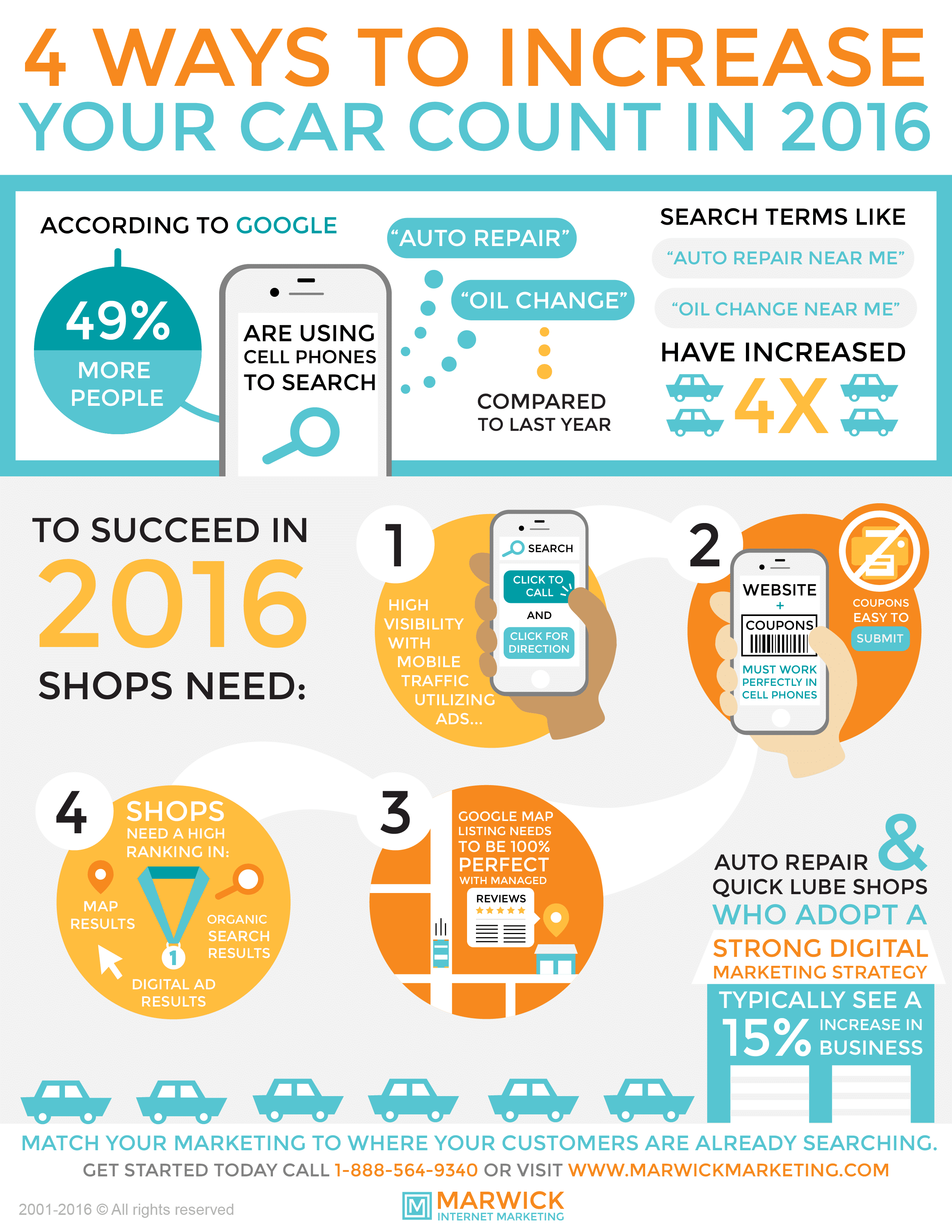Decoding Your Car'S Caution Indicators: What They Really Represent
Decoding Your Car'S Caution Indicators: What They Really Represent
Blog Article
Authored By-Hartley Alvarado
When you lag the wheel, those beautiful warning lights on your control panel can be a bit perplexing. Do you recognize what they're trying to inform you about your cars and truck's wellness? Understanding the value of these lights is crucial for your security and the durability of your car. So, the following time one of those lights appears, wouldn't you want to decipher its message properly and take the needed actions to address it?
Common Warning Lights and Interpretations
Determine typical caution lights in your auto and understand their definitions to make certain secure driving.
The most regular warning lights consist of the check engine light, which signals issues with the engine or emissions system. If this light begins, it's essential to have your car examined promptly.
The oil pressure cautioning light shows reduced oil stress, calling for instant focus to prevent engine damages.
click this site flashing battery light could suggest a damaged charging system, possibly leaving you stranded if not dealt with.
The tire stress surveillance system (TPMS) light informs you to low tire stress, impacting vehicle security and gas performance. Ignoring this could bring about unsafe driving problems.
The abdominal muscle light indicates an issue with the anti-lock braking system, jeopardizing your ability to quit promptly in emergencies.
Last but not least, the coolant temperature alerting light warns of engine getting too hot, which can cause serious damages otherwise fixed quickly.
Understanding these typical caution lights will aid you resolve problems quickly and keep secure driving conditions.
Value of Prompt Attention
Comprehending the usual warning lights in your auto is only the initial step; the value of immediately dealing with these cautions can not be highlighted sufficient to guarantee your safety and security when driving.
When a caution light illuminates on your control panel, it's your vehicle's method of communicating a potential problem that requires interest. Neglecting these warnings can lead to more severe problems down the road, endangering your safety and security and potentially costing you much more in repairs.
Trigger attention to advising lights can avoid break downs and crashes. For example, a blinking check engine light might indicate a misfire that, if left unattended, can create damages to the catalytic converter. Addressing mouse click the following post can save you from a costly repair service.
In a similar way, a brake system advising light could indicate low brake fluid or used brake pads, crucial components for your safety when driving.
Do It Yourself Troubleshooting Tips
If you discover a caution light on your control panel, there are a few do it yourself repairing suggestions you can try prior to seeking expert help.
The initial step is to consult your cars and truck's guidebook to understand what the specific caution light suggests. Occasionally the concern can be as straightforward as a loose gas cap activating the check engine light. Tightening the gas cap might fix the problem.
An additional typical problem is a low battery, which can cause different alerting lights. Examining the battery connections for deterioration and guaranteeing they're protected may repair the problem.
If a warning light continues, you can try resetting it by separating the car's battery for a few minutes and afterwards reconnecting it. Furthermore, checking your automobile's fluid degrees, such as oil, coolant, and brake fluid, can aid fix advising lights associated with these systems.
Conclusion
Finally, comprehending your car's warning lights is important for maintaining your lorry running efficiently and securely. By quickly resolving these notifies and knowing what they mean, you can prevent pricey repairs and prospective break downs.
Keep in mind to consult your cars and truck's handbook for certain details on each cautioning light and do something about it accordingly to make certain a trouble-free driving experience.
Stay notified, remain risk-free on the road!
